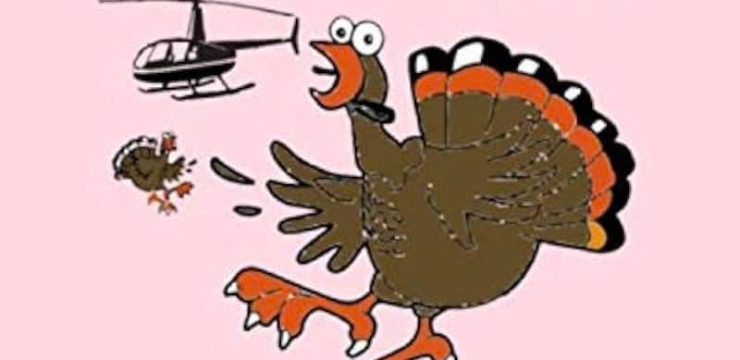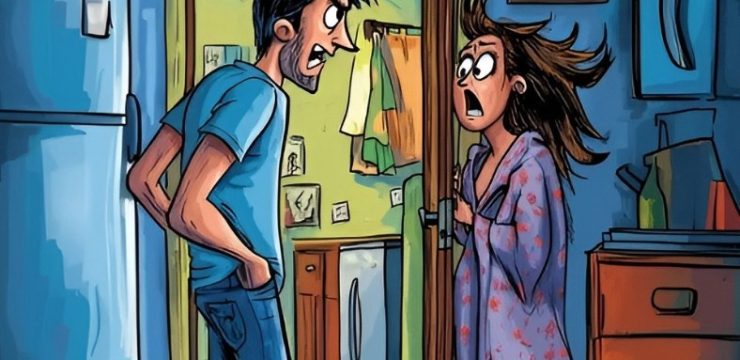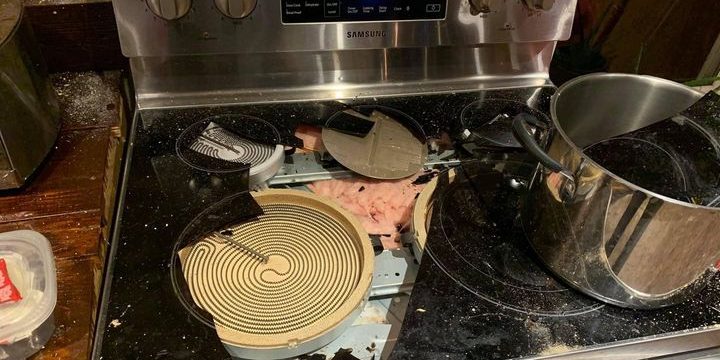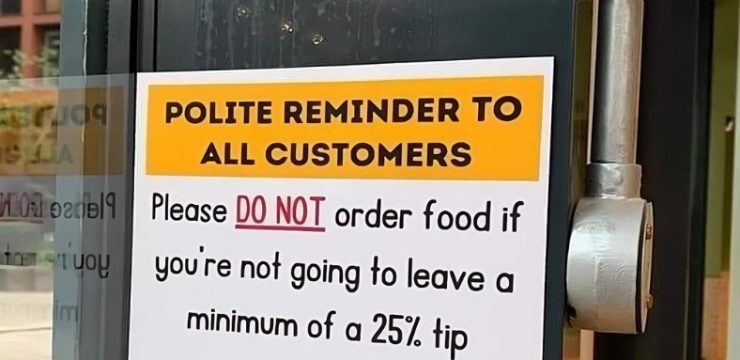Have you ever looked at the expiration date on a carton of milk or package of chicken and wondered if it’s still okay to eat? Many of us face this uncertainty, but the reality of food expiration dates may surprise you. According to the United States Department of Agriculture (USDA), these dates have more to do with quality than safety. Let’s dive into what those dates mean and how you can make smarter choices about when to keep or toss food.

Understanding Food Date Labels
Food labels like “Best if Used By,” “Use By,” and “Sell By” often lead to confusion. Each of these dates serves a different purpose, yet they’re primarily meant to guide us on when a food item will be at its peak quality. Here’s a breakdown of what each label really means:
- “Best if Used By”: This date signals when the product will be at its highest flavor and quality. It’s not a strict cutoff for safety; rather, it’s a guideline for when the food will taste best.
- “Use By”: The “Use By” date is the last recommended day to enjoy the food while it’s at its peak quality. After this date, the taste or texture may decline, but the food isn’t necessarily unsafe to eat.
- “Sell By”: This label is aimed at retailers, advising how long the product should remain on store shelves. It’s not about safety but about stock management, so stores know when to rotate inventory. Once past this date, items can still be safe to consume for days or even weeks if stored properly.
Understanding these labels can help you make more informed choices about your food and reduce unnecessary waste. In most cases, the printed date doesn’t mean the food becomes unsafe; instead, it’s more of a guide for when the food will taste its best.
How to Tell if Food Has Gone Bad
Although food can remain safe after its printed date, it’s essential to recognize signs of spoilage to ensure you’re eating fresh food. Relying on your senses is often the most effective way to check food quality, rather than relying strictly on labels. Here’s how to tell if something has gone bad:
- Sight: If you see visible mold or discoloration, especially on bread, cheese, produce, or meat, it’s a clear sign the food has spoiled. Fresh meats should look even in color, so any graying or greenish areas mean it’s best to discard it.
- Smell: A strong, sour, or otherwise unusual odor can indicate spoilage. Milk that smells sour, or fish with a particularly “off” smell, are good examples of foods that should be tossed based on odor alone.
- Texture: Some foods, especially raw meats and fresh produce, develop a slimy or sticky texture as they spoil. If your chicken feels slimy or your vegetables are mushy, it’s better to discard them.
- Taste: If everything looks and smells okay but you’re still unsure, a small taste can confirm freshness. However, if the flavor seems “off” or sour, it’s best not to consume it.
Using these senses can be a more reliable way to check food quality than solely relying on the date on the package. Trusting your senses helps ensure food safety while also reducing waste by allowing you to keep foods that are still good.
Tips for Storing Food Properly to Extend Freshness
Storing food correctly is one of the best ways to extend its life and prevent waste. Keeping your refrigerator and freezer at the right temperatures is crucial for maintaining food quality. According to food safety guidelines, set your fridge at 40°F (4°C) or below and your freezer at 0°F (-18°C).
Here are a few tips to help you store food effectively and make it last longer:
- Use airtight containers: Transferring food into airtight containers reduces exposure to air and moisture, which can make food spoil faster. This is especially helpful for leftovers, fruits, and vegetables.
- Organize by date: Place items with shorter “use by” dates at the front of your fridge or pantry. This arrangement helps you prioritize using foods that are closer to their date, preventing them from being forgotten in the back.
- Freeze items you won’t use soon: Freezing is an excellent way to extend the life of many foods. Meats, bread, and even some fruits and vegetables freeze well, allowing you to save them for later without compromising quality.
- Label and date leftovers: If you’re storing leftovers, labeling the container with the date helps you keep track of freshness, ensuring you consume them before they go bad.
By following these tips, you can maximize freshness and reduce waste, making the most out of each grocery trip and preventing good food from going to waste.
Why Food Expiration Dates Aren’t Always About Safety
Many people mistakenly believe that food expiration dates are safety deadlines, but in most cases, they’re just indicators of peak quality. By learning the meanings of “Best if Used By,” “Use By,” and “Sell By,” you can make more informed choices about when to use or discard food. Pairing this knowledge with proper storage techniques and using your senses to check for freshness, you can cut down on food waste without sacrificing safety.
Food can often be safely consumed after its date, and by being mindful about how you store and assess it, you can extend its usefulness. Before you automatically toss out a carton of milk just because it’s a day past the date, give it a sniff and taste—it might still be perfectly fine. This approach not only saves you money but also helps reduce waste, benefiting both your household and the environment.
Final Thoughts
Understanding food expiration dates is key to getting the most out of your groceries and reducing waste. While these dates offer guidelines for quality, they’re not usually hard deadlines for food safety. By understanding what these labels really mean, storing your food properly, and trusting your senses, you can enjoy your meals longer and waste less.
So, the next time you’re uncertain about a food item that’s close to or just past its date, remember that it might still be good. Take a moment to check for any signs of spoilage, and you could find that it’s perfectly fine to use. By adopting these practices, you’ll not only save money and cut down on waste but also gain a better understanding of food quality, safety, and smart storage.





